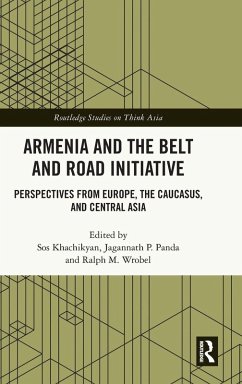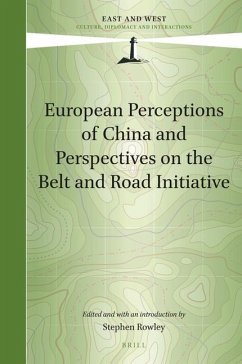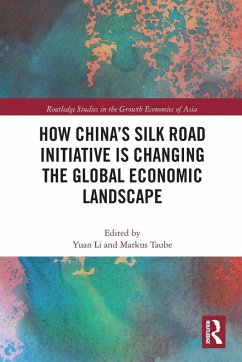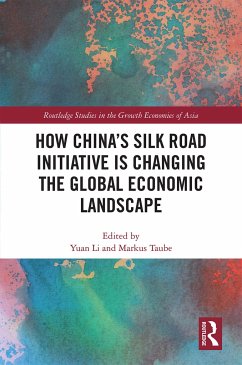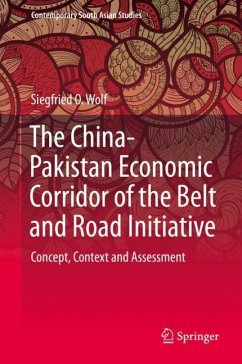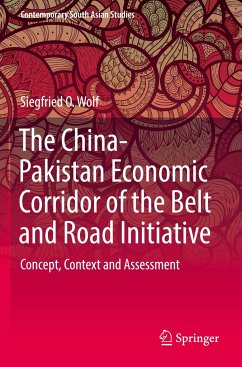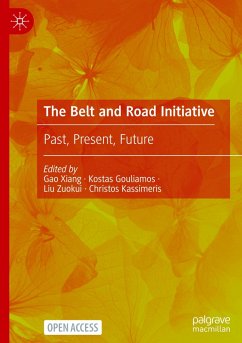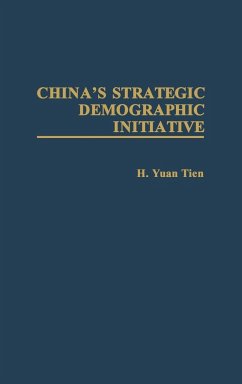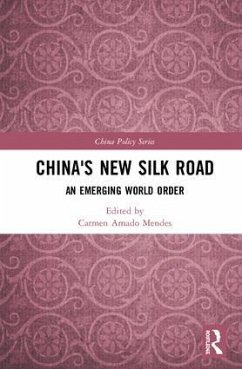
China's International Socialization of Political Elites in the Belt and Road Initiative

PAYBACK Punkte
84 °P sammeln!
This book argues that China's international socialization of the political elites of Belt and Road Initiative (BRI) partner states is an exceptionally effective instrument of China's current foreign policy. It shows how the BRI-related process of socialization generates shared beliefs in the legitimacy and therefore in the acceptability of a Chinese international order among target elites and how in turn the policies and actions of states controlled by these elites tend to become aligned with the norms 'taught' by the Chinese socializer. It goes on to show how this serves the interests of Chin...
This book argues that China's international socialization of the political elites of Belt and Road Initiative (BRI) partner states is an exceptionally effective instrument of China's current foreign policy. It shows how the BRI-related process of socialization generates shared beliefs in the legitimacy and therefore in the acceptability of a Chinese international order among target elites and how in turn the policies and actions of states controlled by these elites tend to become aligned with the norms 'taught' by the Chinese socializer. It goes on to show how this serves the interests of China's government, firms, and citizens at national, regional, and global levels; and how the resulting increased support for Beijing's version of the international order creates a virtuous circle that further enhances China's international position and potential.





